12 Hardy Herbs That Grow Well in Dry Areas
Drought-resistant herbs are a fantastic option for gardeners who want to save water and still grow fresh plants. These herbs can thrive in hot, dry climates with little water. They are easy to grow and provide both beauty and functionality. Many of these herbs are also perfect for adding flavor to your meals. In this article, we will highlight some of the top drought-tolerant herbs for your garden.
This post may contain affiliate links, which helps keep this content free. Please read our disclosure for more info.
Rosemary
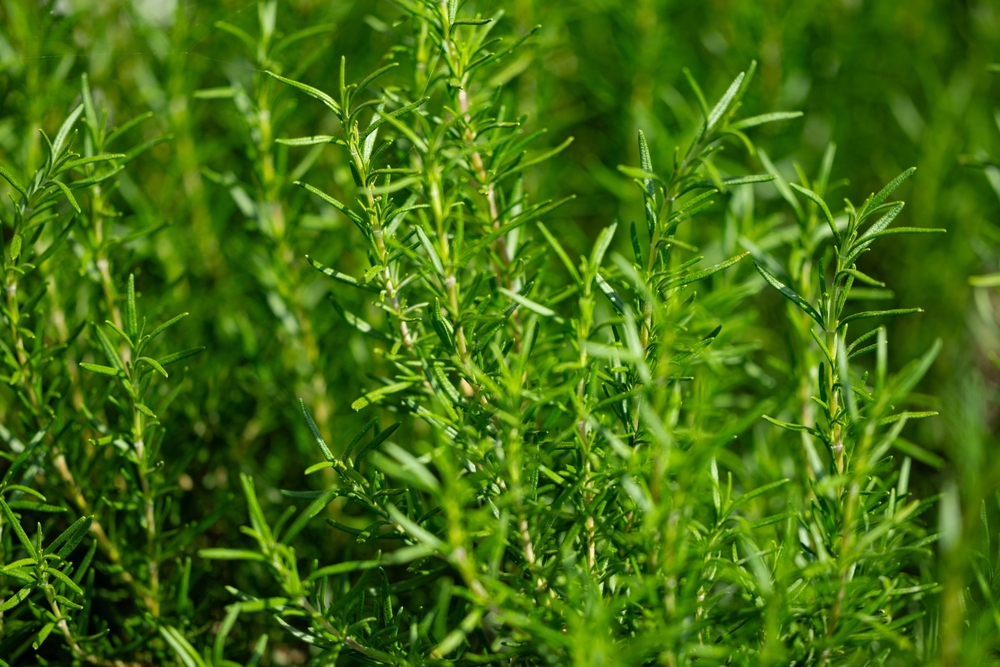
Rosemary is a fragrant herb that grows well in hot, dry conditions. It is known for its needle-like leaves, which help reduce water loss and conserve moisture. Rosemary can tolerate poor soil and does not require frequent watering once established. It is often used in Mediterranean dishes and has a variety of medicinal uses.
The herb’s deep roots allow it to access water in the soil even during droughts. Rosemary thrives in well-drained soil and requires plenty of sunlight to grow well. Once established, it is very low maintenance and can grow for years. It is a fantastic choice for those in areas with minimal rainfall.
Lavender
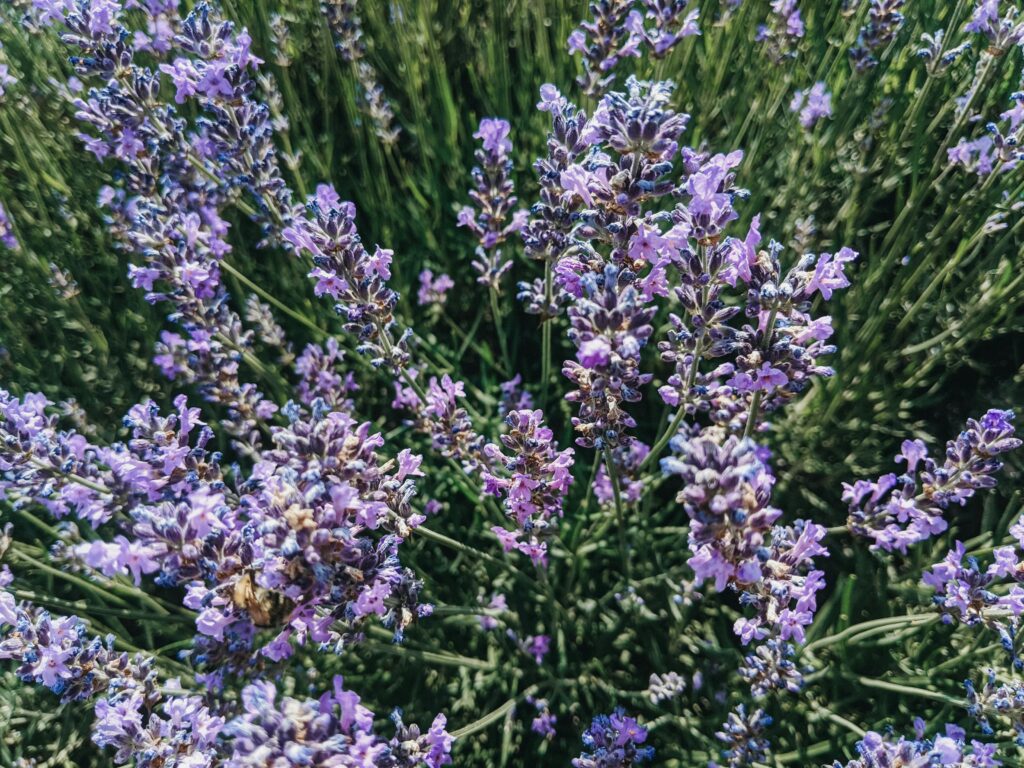
Lavender is a hardy herb known for its fragrant purple flowers and silver-green leaves. It thrives in dry, well-drained soil and can endure long periods without water. Its deep root system helps it access moisture deep in the ground. Lavender is perfect for hot, dry climates and is often used in cooking and aromatherapy.
The plant is well adapted to drought conditions because of its ability to conserve water through its waxy leaves. Lavender also attracts pollinators, making it a valuable addition to any garden. Once established, it requires minimal care and can last for years. Its natural resilience makes it a top choice for drought-prone gardens.
Sage
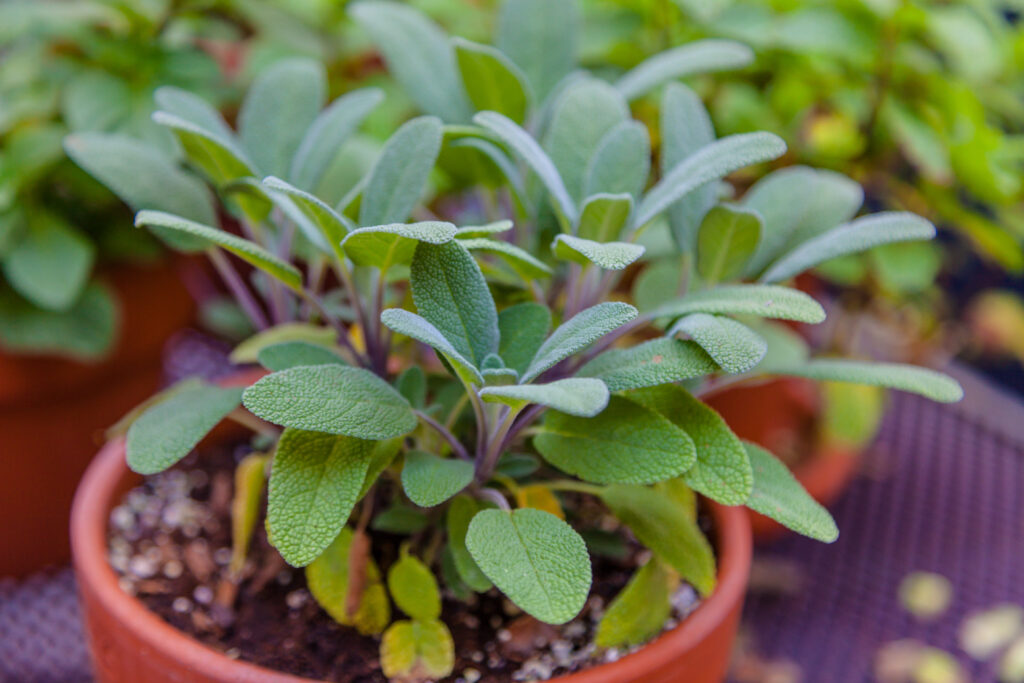
Sage is a drought-tolerant herb with aromatic, gray-green leaves. It is native to Mediterranean regions and thrives in dry, well-drained soil. Sage is capable of surviving long dry spells by storing moisture in its leaves. It is used in many culinary dishes and also has medicinal properties.
The plant’s ability to endure drought comes from its waxy leaves, which prevent excessive moisture loss. Sage also has a deep root system that helps it access water deep in the ground. Once established, it can withstand periods of little rainfall, making it ideal for arid climates. Sage adds flavor to a variety of dishes and is easy to grow in dry environments.
Oregano

Oregano is a popular herb used in a wide range of culinary dishes. It is well-suited to dry conditions due to its ability to grow in poor, well-drained soil. Oregano can tolerate hot, sunny climates and requires very little water once established. It is a hardy perennial that can survive through dry summers.
The plant’s ability to thrive in drought conditions is due to its deep roots, which help it gather moisture from deeper soil layers. Oregano grows well in rocky or sandy soils and does not require much attention. It is a great addition to gardens with limited water, and its strong flavor adds a bold taste to many recipes. This herb is a durable and versatile choice for dry climates.
Chives
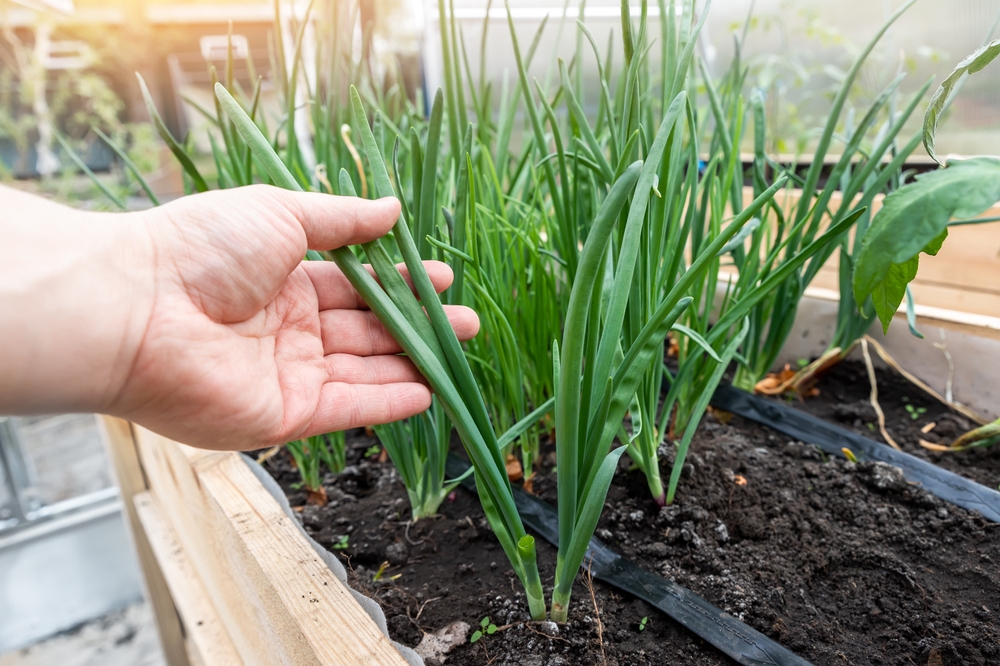
Chives are an easy-to-grow herb that thrives in dry conditions once established. They can grow in a variety of soils and can tolerate both drought and extreme heat. Chives are used in a variety of dishes, adding a mild onion flavor. Their long, green leaves are perfect for garnishing and seasoning.
Chives are drought-tolerant due to their ability to store moisture in their bulbs and leaves. They require very little water after they are established and can grow in full sun or partial shade. This herb is low-maintenance and can even grow in poor soil. Chives are a great addition to gardens with limited water.
Tarragon
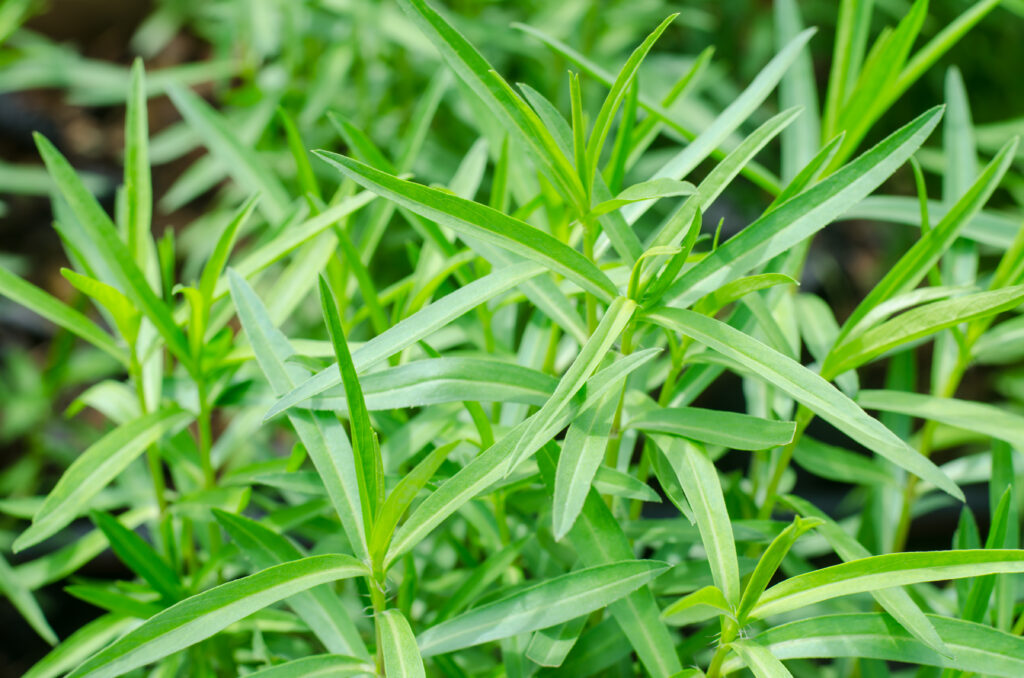
Tarragon is a hardy herb known for its anise-like flavor. It grows well in dry, well-drained soils and can withstand heat and drought. Tarragon has narrow leaves, which help it conserve moisture. It is a popular herb in French cooking, often used in sauces and salads.
Tarragon’s deep roots help it access water even when surface moisture is low. It thrives in full sun and does not require constant watering once established. This herb is perfect for hot, dry climates, as it tolerates both dry soil and high temperatures. Tarragon is a low-maintenance herb that continues to grow well without much care.
Lemon Balm

Lemon balm is a drought-resistant herb known for its citrus scent and fresh flavor. It grows well in dry conditions and can survive in poor, well-drained soils. This herb is often used in teas, salads, and as a garnish for desserts. Lemon balm can tolerate heat and requires little water once established.
The plant’s drought tolerance comes from its ability to retain moisture in its leaves and stems. It thrives in full sun to partial shade and does not require constant watering. Lemon balm is a great addition to dry gardens, as it is easy to grow and maintain. Once established, it can survive through long dry spells without much care.
Bay Laurel
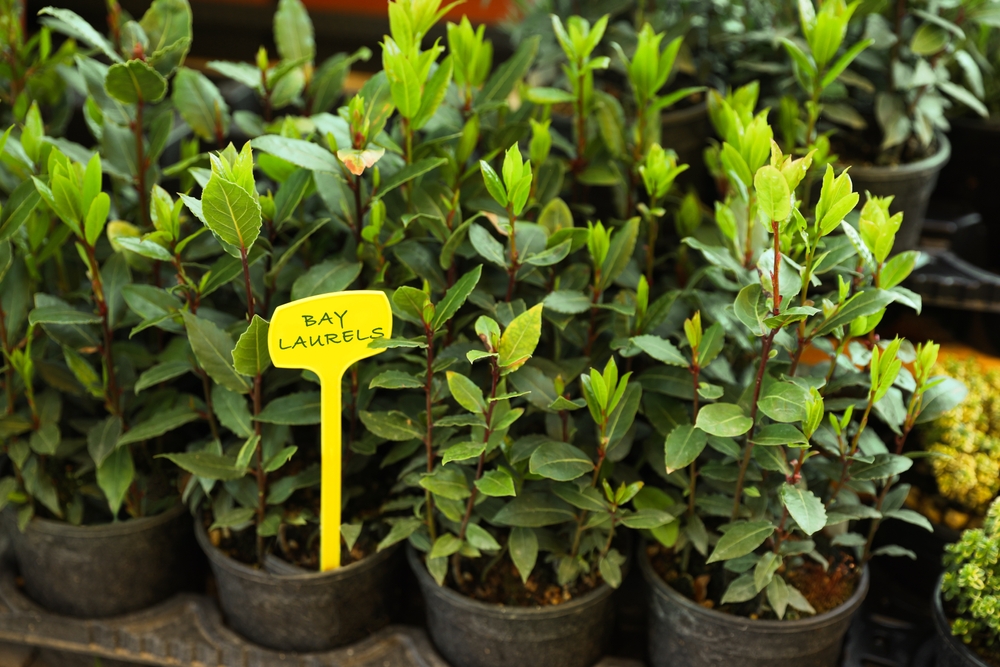
Bay laurel is an evergreen herb with glossy, aromatic leaves used in cooking. It is highly drought-tolerant and thrives in dry, well-drained soil. Once established, bay laurel requires little water and can survive in hot, sunny climates. It is often used in Mediterranean cooking and as a natural remedy.
The bay laurel’s deep root system helps it access water even during dry spells. Its waxy leaves reduce moisture loss, making it ideal for dry conditions. This herb is a long-living plant, and once established, it can grow for many years with minimal care. Bay laurel is a durable and low-maintenance herb, perfect for hot climates.
Echinacea
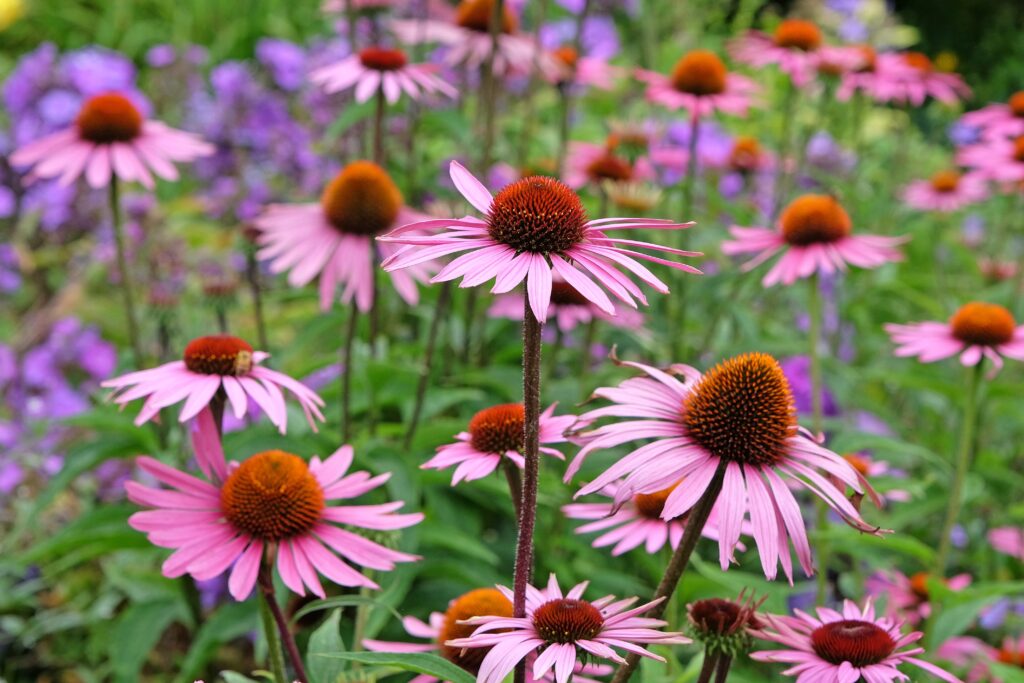
Echinacea, or coneflower, is a drought-tolerant herb known for its vibrant flowers. It grows well in hot, dry conditions and thrives in well-drained, sandy soils. Echinacea is often used for its medicinal properties and can also attract pollinators like bees and butterflies. This herb requires little water once established.
Echinacea is able to survive drought conditions due to its deep taproot, which allows it to access water from deep within the soil. Its thick, hardy leaves help minimize moisture loss during dry periods. This perennial herb is perfect for arid gardens, adding both beauty and medicinal value. Echinacea thrives with minimal maintenance and can last for many years.
Fennel
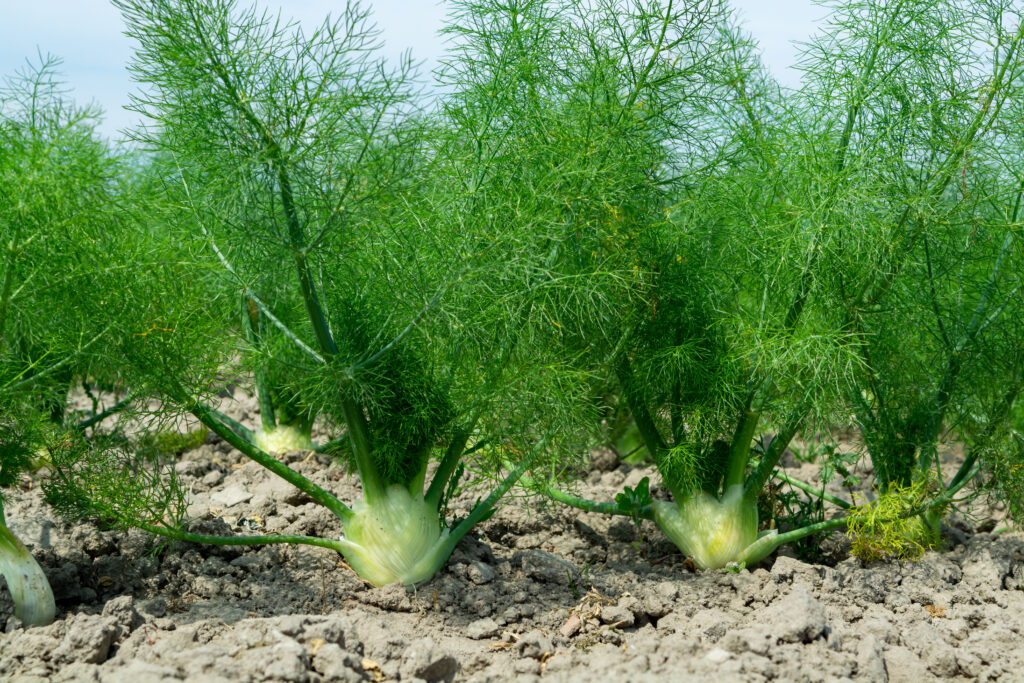
Fennel is a robust herb known for its anise-like flavor and delicate, feathery leaves. It is highly tolerant of dry conditions and grows well in hot, sunny areas. Once established, fennel requires little water and can thrive in poor, well-drained soil. It is often used in Mediterranean dishes and salads.
Fennel’s deep roots enable it to access moisture even in dry soil, making it ideal for drought-prone gardens. It also has a natural ability to conserve water through its thin, feathery leaves. Fennel is a hardy perennial that continues to grow well with minimal water once it is established. It is perfect for hot, dry climates and requires very little maintenance.
Mint
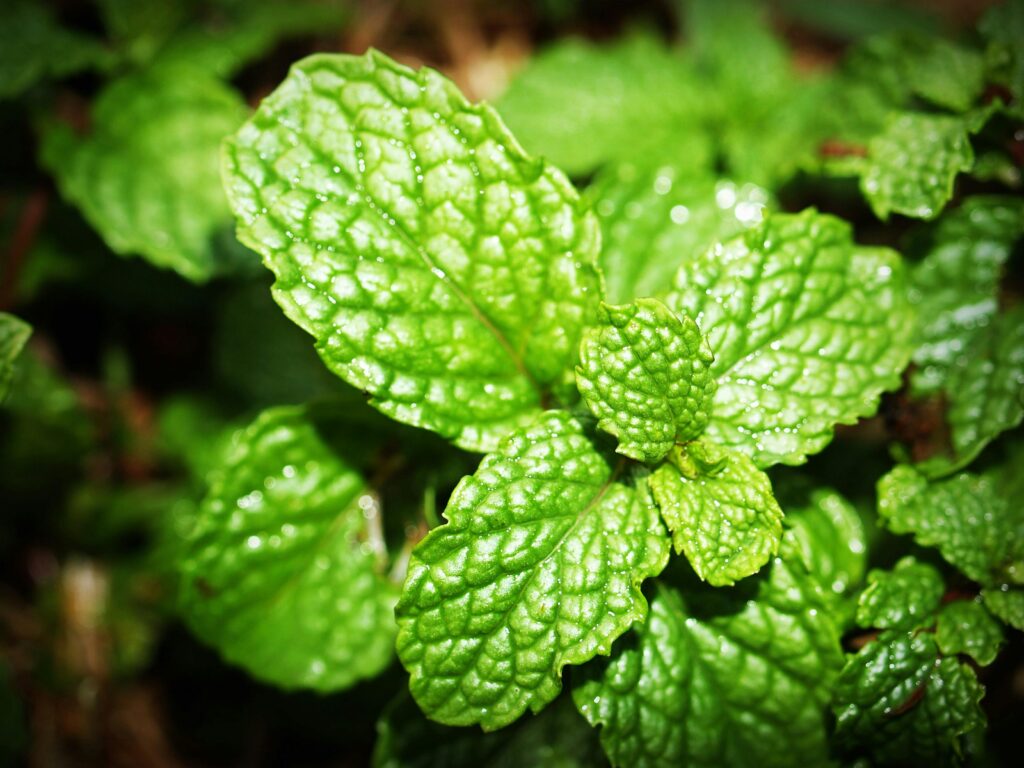
Mint is a fast-growing herb that can tolerate dry conditions once established. While it prefers moist soil, mint can adapt to drought conditions by spreading its roots to find water. It is commonly used in teas, salads, and desserts. Mint can survive even in poor soil, making it a versatile herb for dry gardens.
Mint’s drought tolerance comes from its ability to store water in its leaves and stems. It grows well in full sun to partial shade and can thrive with minimal water once mature. However, it is important to manage its spread, as mint can be invasive. This herb is perfect for dry gardens with plenty of space.
Thyme
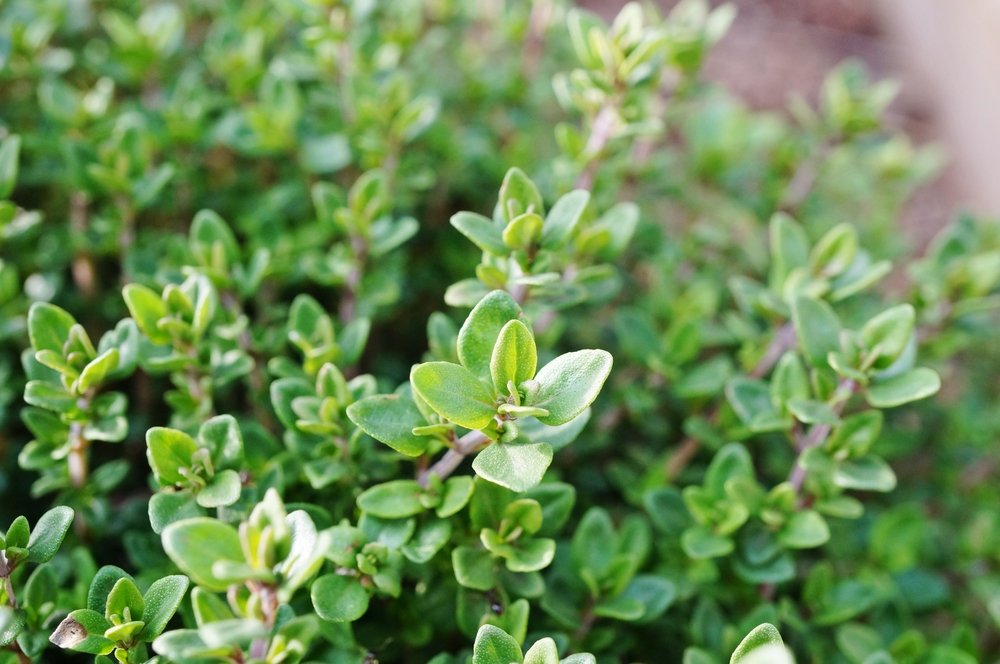
Thyme is a small, hardy herb that thrives in dry, rocky soils. It is resistant to drought thanks to its tiny leaves, which minimize water loss. Thyme prefers full sun and requires little water once it is established in the garden. It is widely used in cooking, particularly in Mediterranean and Italian dishes.
This herb has a deep root system that helps it survive during dry spells. It also tolerates poor soil and can thrive in hot, dry climates with minimal care. Thyme is often used for its medicinal properties as well, including its ability to support respiratory health. Its resilience makes it a great choice for gardeners with limited water access.
These plants are well-equipped to handle heat and water scarcity while still producing flavorful leaves. Once established, they require minimal attention and can continue to thrive year after year. By incorporating these hardy herbs into your garden, you can enjoy the benefits of both beauty and practicality.
This article originally appeared on Avocadu.
